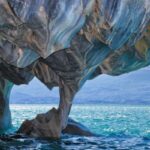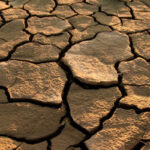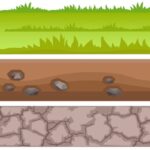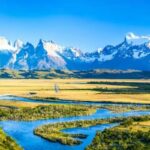We explain what river erosion is, its causes, phases and ways in which it manifests itself. Also, types of river erosion.
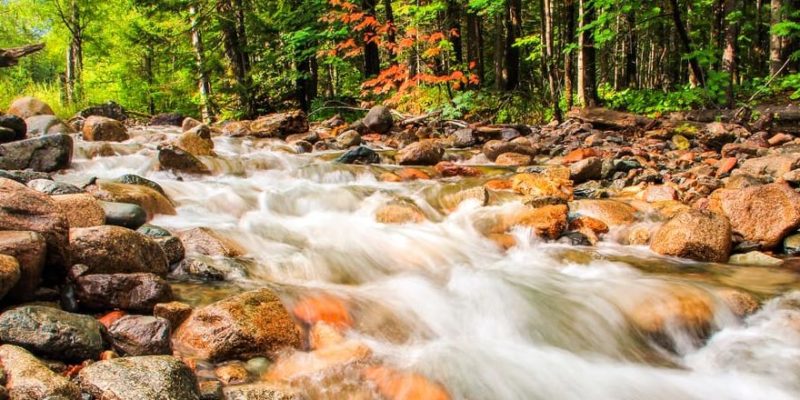
What is river erosion?
river erosion It is the effect of wear and tear on the earth's surface that river water has. In other words, it is the particular way in which water modifies the landscape, whether flowing on the surface or in underground currents, thus dragging sediments, materials and altering their distribution in the Earth's crust.
In fact, Water is one of the main erosive factors on our planet whose action on the Earth's crust takes many forms: the tide, waves, rain, and also the flow of rivers. In the latter case, we are referring to waterfalls, grottoes, gorges, meanders, canyons, deltas, estuaries and other landscape alterations created in their path.
Despite its strong erosive impact, this flow of matter and energy is fundamental for the redistribution of different chemical elements and their entry into other important biogeological cycles.
Fluvial erosion is due to the energy of water, as well as the transport of numerous materials in it, which impact the Earth's crust, modifying it. This can happen in two different ways:
- Surface erosion When it occurs due to the surface flow of water, it dissolves solid materials and clays, exposing underlying materials and depositing the dissolved ones in new locations.
- Channel bottom erosion When it occurs due to the mechanical action of water and the materials that it can drag, such as pebbles, blocks, etc., or sand dissolved in it, all of which impacts the surface of the bottom of the channel.
And also in three separate phases:
- Mechanical phase The most active, in the highest regions of the river, where the greatest wear occurs due to mechanical action, the result of the energy of the water and the impact of other materials.
- Intermediate phase Located further along the riverbed, it still presents mechanical erosive effects, but already in the midst of other sedimentary processes in which the worn matter begins to settle.
- sedimentary phase Towards the end of the river channel, the mechanical effect of the water is much less intense, but its sedimentary effect is much higher, thus depositing all the eroded material and creating new geological forms.
See also: Erosion
Types of river erosion
According to its causes and specific forms of action, we can classify river erosion into:
- General erosion It lowers the river bed in long stretches, affecting it in the long term.
- Erosion due to channel narrowing It takes place in segments of the channel in which engineering works were carried out (such as bridges, channels, etc.) that cause the reduction of the channel, thus increasing the speed of the current and therefore the transport of sediments.
- Erosion due to curve of the channel Typical, as its name indicates, of curvatures in river beds, due to the addition of centripetal force to the energy of the water on the outside of the curve.
- Localized erosion Also called local erosion, it is due to the action of complex flows, with velocities that require two or three-dimensional considerations.
- Soil erosion
- water erosion
References
- “Fluvial erosion” in Wikipedia.
- “Fluvial erosion” in Enciclonet 3.0.
- “Fluvial erosion” at Freies Universität Berlin.
- “Erosion” in The Encyclopaedia Britannica.

